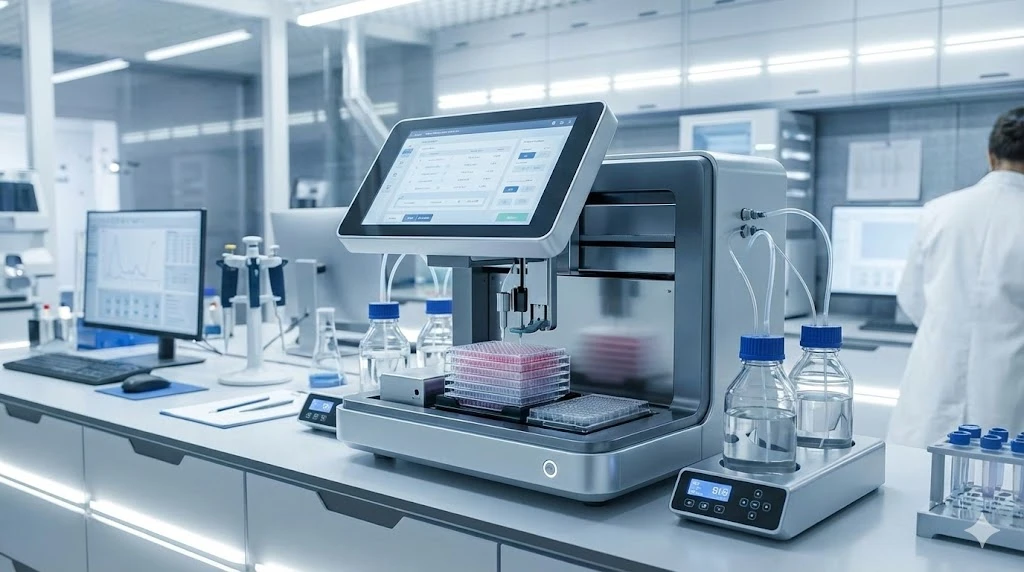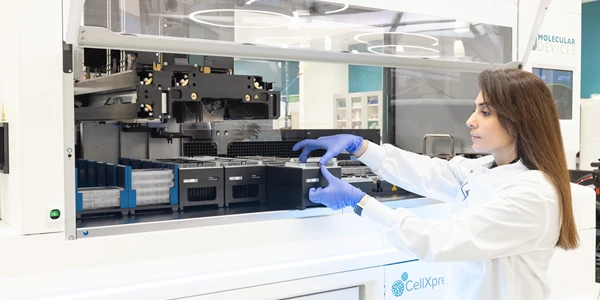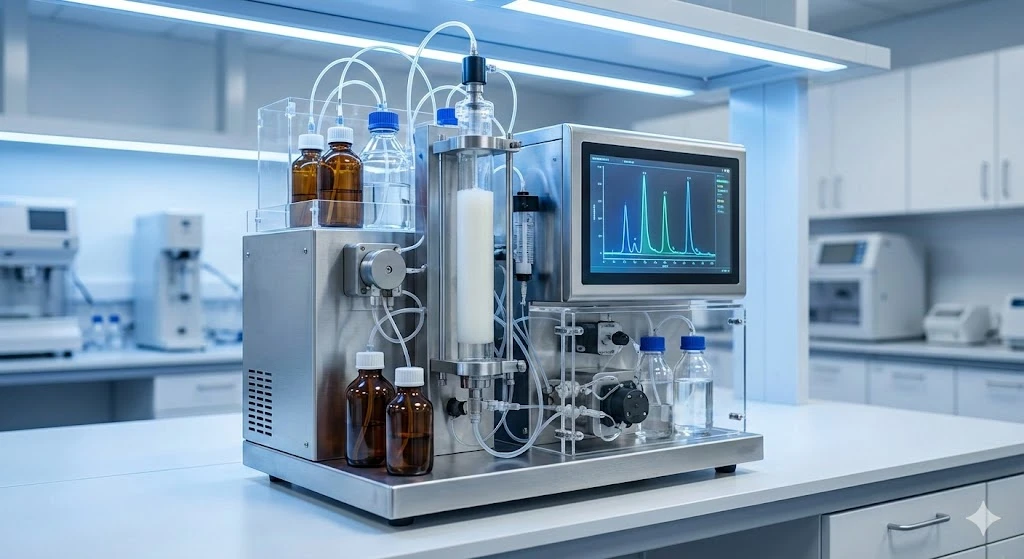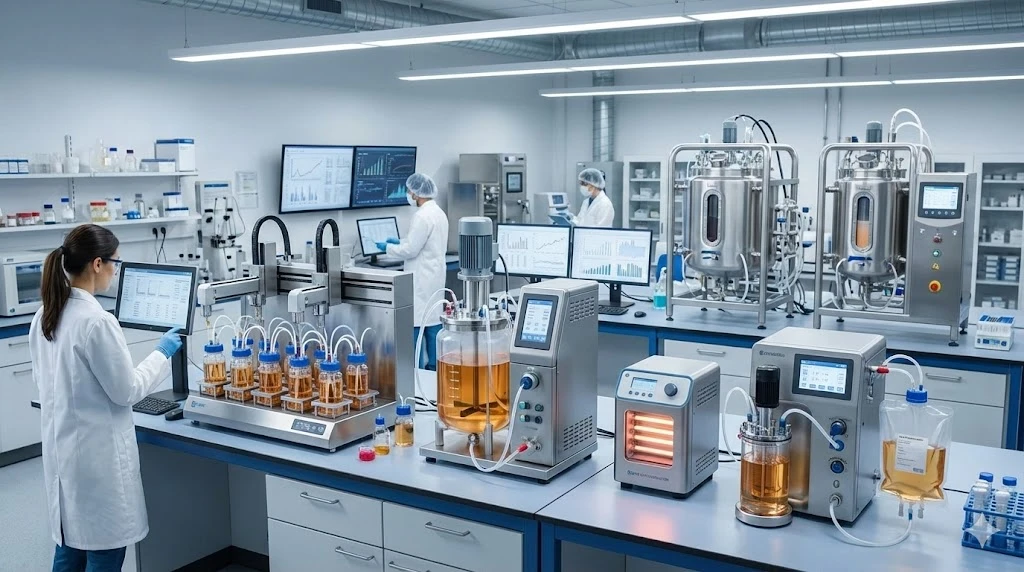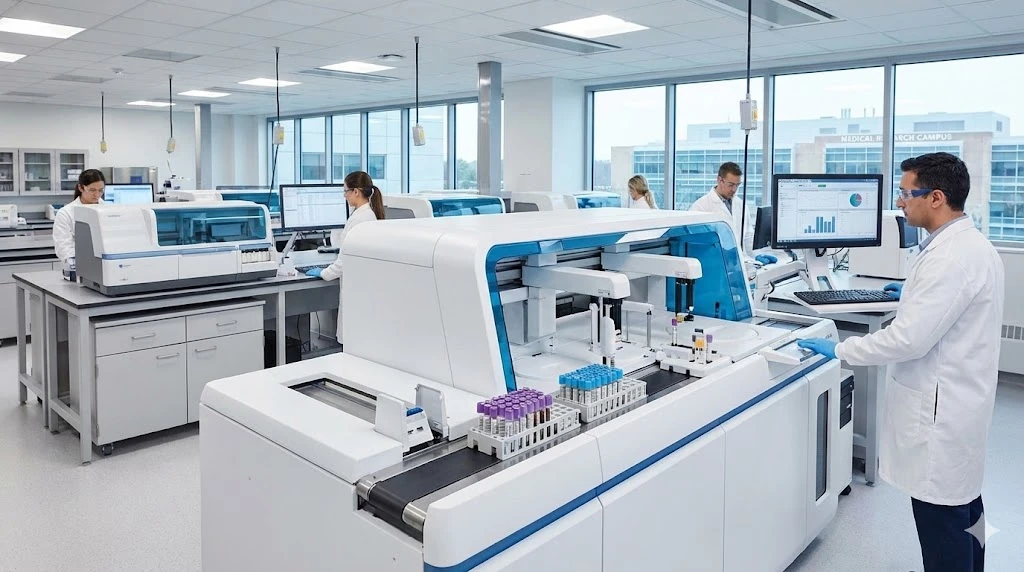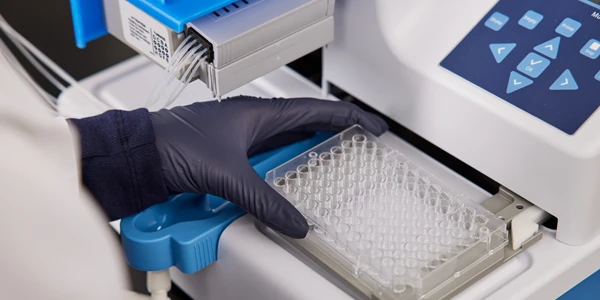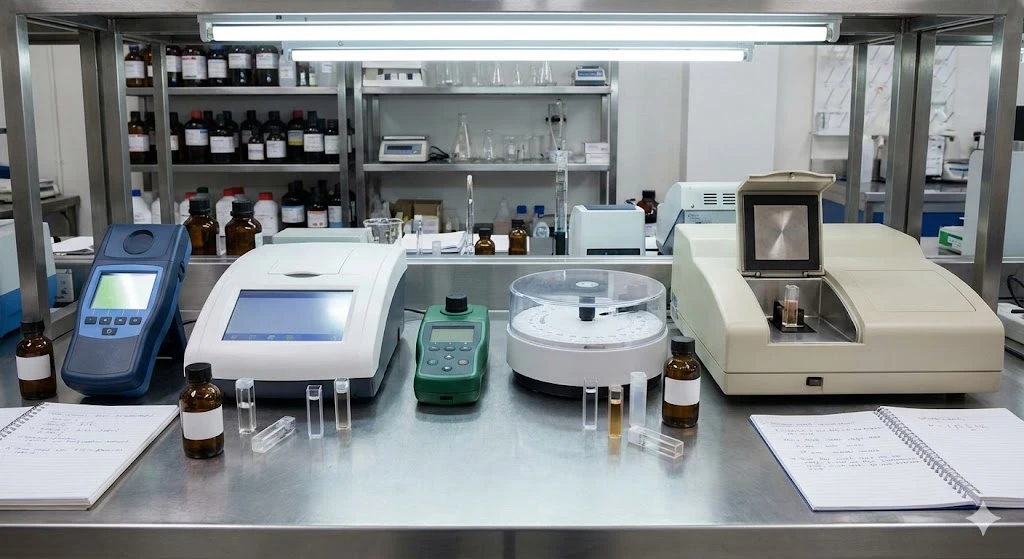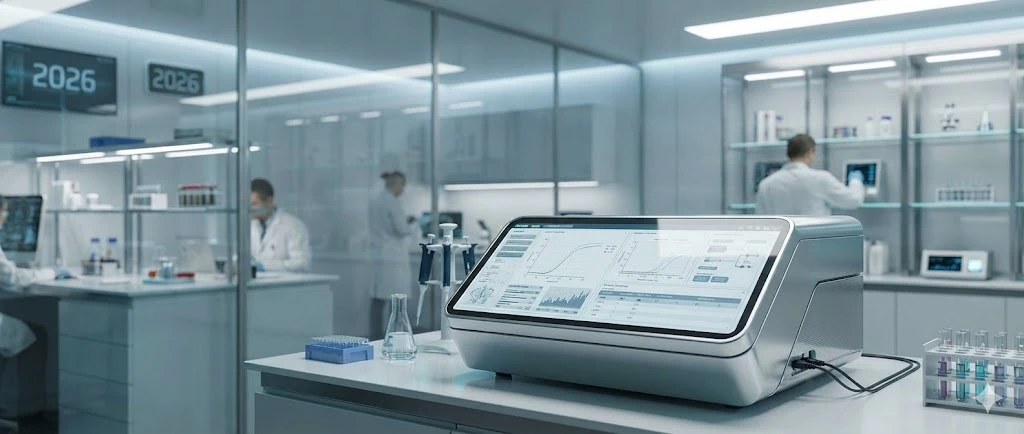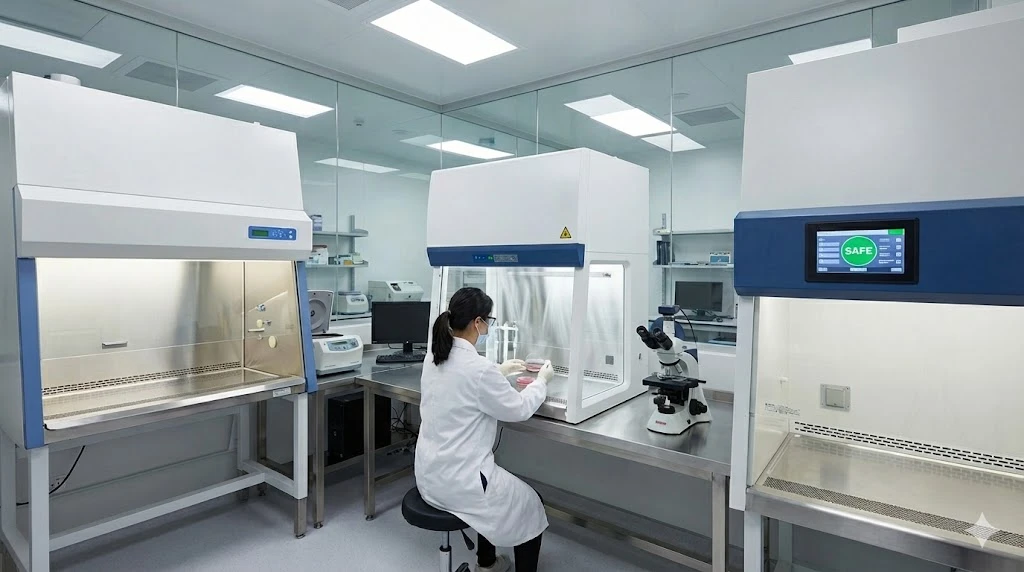The Best Lab Equipment for Lithium-Ion Battery Analysis: A Review of Price and Features
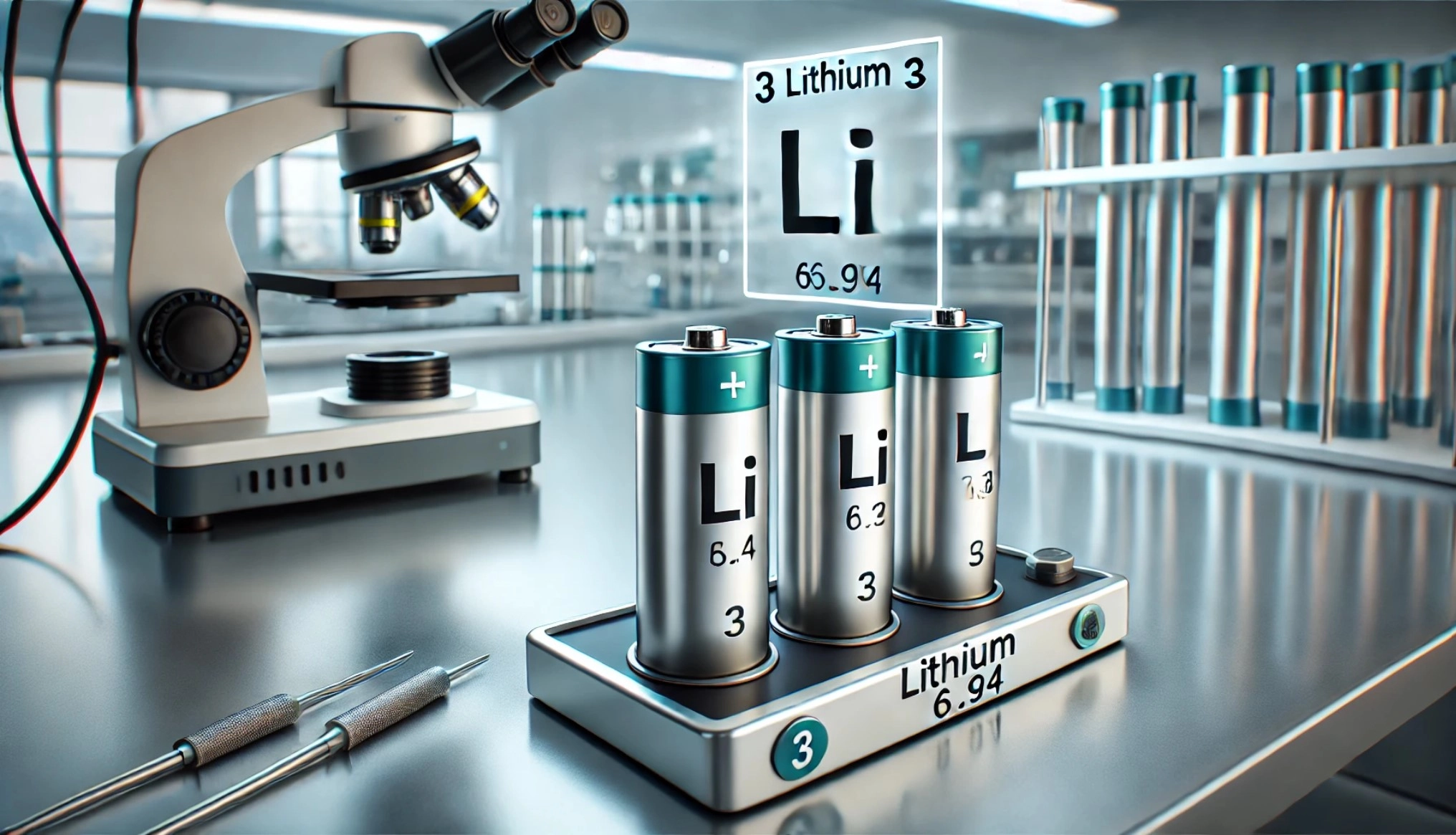
The increasing demand for lithium-ion batteries across industries such as electric vehicles, renewable energy storage, and consumer electronics has made battery analysis a critical task for laboratories. Accurately characterizing, testing, and analyzing lithium-ion batteries is essential to improve performance, ensure safety, and meet industry standards. Selecting the right equipment for lithium-ion battery analysis requires balancing advanced functionality, precision, and cost. From charge-discharge testers to electrochemical workstations, understanding the features of these tools is crucial for obtaining reliable data on battery capacity, cycle life, internal resistance, and thermal behavior.
This article reviews the most essential lab equipment for lithium-ion battery analysis, focusing on their technical capabilities and price considerations. We will explore instruments used in charge/discharge testing, electrochemical impedance spectroscopy, thermal analysis, and safety testing, helping you to select the equipment that best suits your lab's needs.
Types of Equipment for Lithium-Ion Battery Analysis
1. Battery Charge/Discharge Testers
Charge/discharge testers are central to lithium-ion battery testing as they assess the charging efficiency, discharging capacity, and cycling stability of batteries. These testers apply a controlled electrical load to the battery, allowing researchers to observe real-time charge and discharge cycles under various conditions.
- Functionality: They can simulate a wide range of charge/discharge rates (C-rates), which is critical for determining battery performance in real-world applications. High-end models offer features such as regenerative discharging, which recycles energy during testing, saving power costs.
- Usage: These systems are commonly used in R&D labs to test battery performance in electric vehicles or portable devices.
2. Electrochemical Workstations
Electrochemical workstations are versatile instruments used for a variety of battery analyses, such as measuring open circuit voltage, galvanostatic cycling, and electrochemical impedance spectroscopy (EIS). EIS, in particular, is invaluable for assessing the internal resistance and degradation mechanisms of lithium-ion batteries over time.
- Functionality: These systems often include potentiostats and galvanostats, which control the potential and current applied to the battery. Some advanced models also feature temperature control and automation options for long-duration testing.
- Usage: Ideal for labs focused on fundamental research and battery material development, where electrochemical performance needs to be thoroughly analyzed.
3. Thermal Analysis Systems
Thermal analysis systems, such as Differential Scanning Calorimetry (DSC) and Thermogravimetric Analysis (TGA), are essential for evaluating the thermal stability of lithium-ion batteries. Batteries are sensitive to temperature fluctuations, which can lead to thermal runaway—a dangerous scenario where the battery overheats and potentially ignites.
- Functionality: DSC measures the heat flow associated with phase transitions, helping researchers determine the safe operating temperature ranges for batteries. TGA, on the other hand, measures weight changes under controlled temperature conditions, providing insights into material decomposition.
- Usage: Widely used in both R&D and quality control, especially in labs concerned with battery safety and reliability.
4. X-Ray Diffraction (XRD)
X-ray diffraction is a non-destructive technique used to investigate the crystallographic structure of battery materials, such as cathodes and anodes. Understanding the structural changes during battery charge and discharge cycles is key to optimizing battery performance.
- Functionality: High-resolution XRD systems can monitor phase transitions, lattice expansion, and contraction during battery operation. These insights allow for the design of more durable and efficient battery materials.
- Usage: Mainly used in material science labs involved in developing next-generation lithium-ion batteries or improving existing chemistries.
5. Battery Safety Testing Equipment
Battery safety testing systems simulate extreme conditions to ensure that lithium-ion batteries meet safety standards. These include tests for overcharging, short-circuiting, and exposure to high temperatures or mechanical stress.
- Functionality: Advanced safety testing equipment may offer automated thermal chambers and multi-point temperature monitoring, allowing labs to simulate thermal runaway events and evaluate the battery’s reaction to these hazardous conditions.
- Usage: Critical for manufacturers and labs working on safety certifications and compliance testing.
Key Features to Consider When Buying Lithium-Ion Battery Analysis Equipment
Accuracy and Precision: High-precision instruments are necessary for obtaining reliable, reproducible data. Look for equipment that offers precise control of variables such as voltage, current, temperature, and pressure.
Data Acquisition and Software: Comprehensive data acquisition and analysis software is key for interpreting results. Advanced systems should provide real-time data, customizable testing protocols, and options for exporting data for further analysis.
Automation Capabilities: Automated systems reduce the potential for human error and allow for long-duration testing. This is especially useful for cycle-life testing, where batteries are tested continuously for days or weeks.
Temperature Control: Lithium-ion batteries are highly sensitive to temperature, so testing systems that include integrated temperature control are vital for accurate analysis. Some instruments come with environmental chambers for conducting tests under extreme conditions.
Safety Features: Especially important for labs conducting high-stress tests, look for safety features like explosion-proof enclosures, real-time monitoring for overvoltage or short circuits, and emergency shut-off systems.
Scalability: Consider equipment that can be scaled to handle a variety of battery sizes, from coin cells to large-format EV batteries. Modularity in equipment can help labs grow their capabilities over time without needing to purchase entirely new systems.
Laboratory Equipment for Lithium-Ion Battery Analysis Price Guide
Battery Charge/Discharge Testers: Prices typically range from $5,000 to $50,000, depending on the current capacity, voltage range, and whether regenerative capabilities are included.
Electrochemical Workstations: Entry-level models can start around $10,000, with high-end systems costing upwards of $70,000 or more for advanced capabilities like high-frequency EIS and multi-channel testing.
Thermal Analysis Systems (DSC, TGA): Pricing for these systems ranges from $20,000 to $80,000, depending on the sensitivity, temperature range, and additional features like simultaneous DSC-TGA capabilities.
X-Ray Diffraction (XRD): XRD systems suitable for battery research start at approximately $60,000, with advanced models exceeding $250,000, depending on the resolution and automation features.
Battery Safety Testing Equipment: Costs can range from $10,000 for basic setups to over $100,000 for high-end systems designed for large-scale battery packs or hazardous testing environments.
View All Electrochemical Testing Listings on LabX.com
For more detailed specifications or to view models, visit LabX.com to browse models and gain additional insights to help in making the best choice for your lab's needs.

